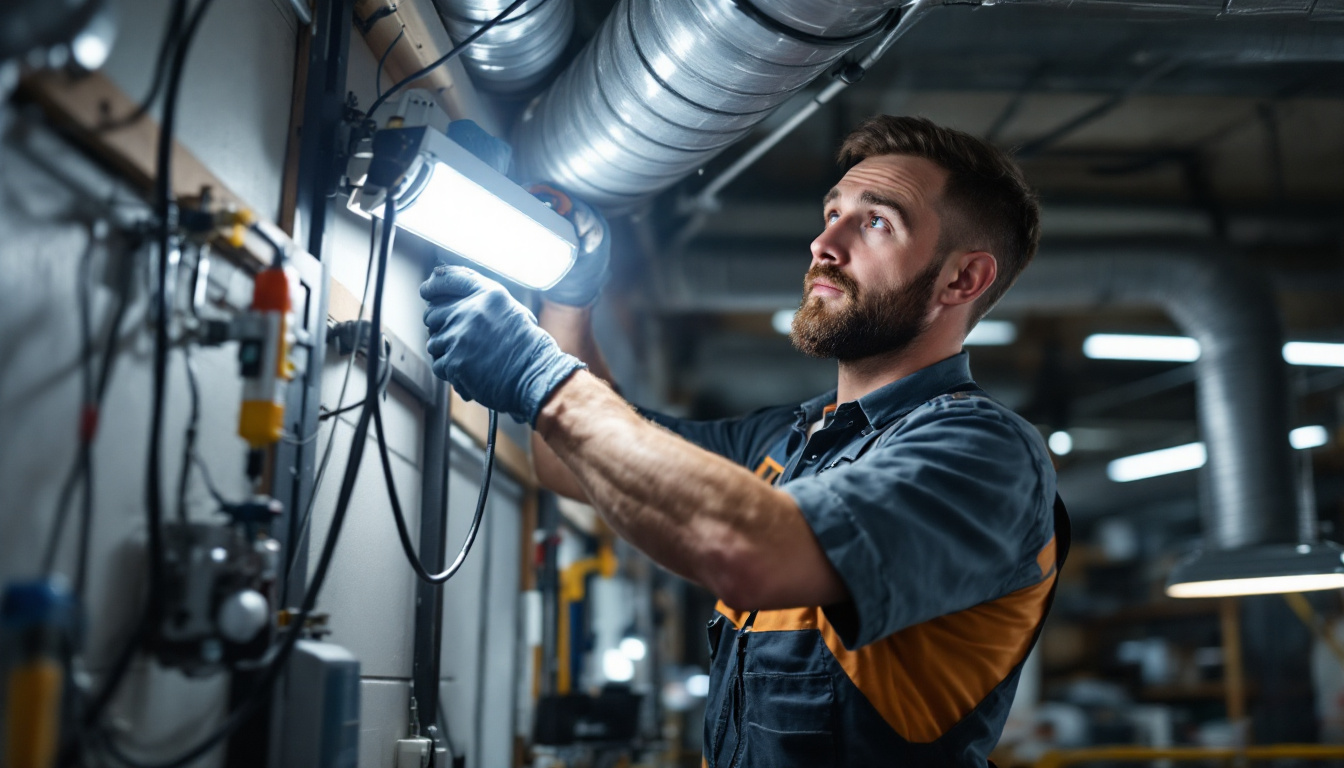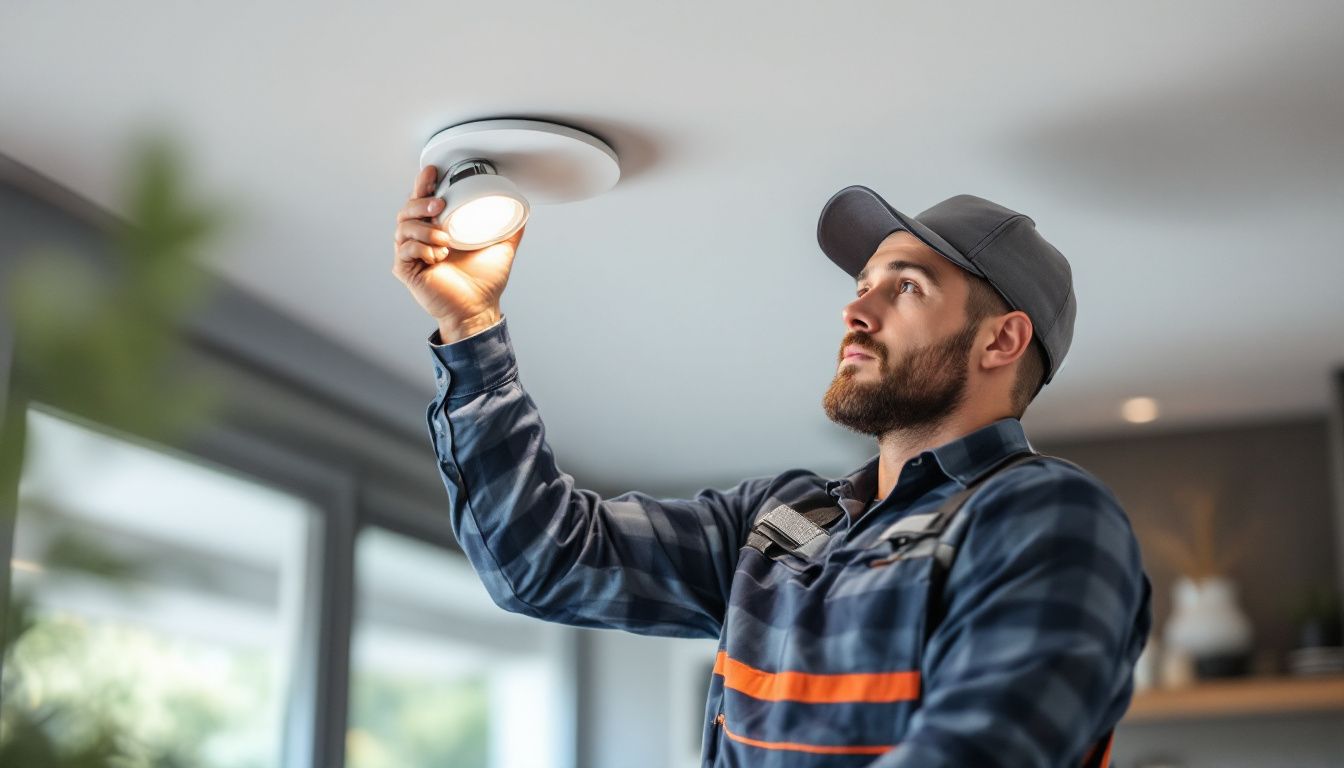
The evolution of lighting technology has led to significant advancements in energy efficiency and performance. Among these innovations, LED lighting has emerged as a preferred choice for both residential and commercial applications. For lighting contractors, understanding how to effectively implement ballast bypass LED systems is crucial. This article delves into proven methods for ballast bypass LED installations, offering insights and best practices to enhance project outcomes.
Ballast bypass LED technology involves the direct wiring of LED lamps to the electrical supply, eliminating the need for traditional ballasts. This approach not only simplifies installation but also enhances energy efficiency. By bypassing the ballast, contractors can avoid potential compatibility issues and reduce maintenance costs associated with ballast failure.
One of the primary advantages of ballast bypass LED systems is their increased energy efficiency. Traditional fluorescent lamps consume more energy due to the inherent inefficiencies of ballasts. In contrast, LED lamps designed for ballast bypass can provide the same or greater light output while consuming significantly less power.
Additionally, ballast bypass LEDs often have a longer lifespan compared to their fluorescent counterparts. This longevity translates to lower replacement costs and reduced waste, making them an environmentally friendly choice. Moreover, the simplicity of installation means that contractors can complete projects more quickly, leading to improved profitability.
Ballast bypass LED technology is suitable for a wide range of applications. In commercial settings, it is commonly used in office buildings, retail spaces, and warehouses. The ability to retrofit existing fixtures with ballast bypass LEDs allows contractors to upgrade outdated lighting systems without the need for extensive electrical work.
In residential applications, ballast bypass LEDs can be employed in kitchens, living rooms, and outdoor spaces. Their versatility and aesthetic appeal make them an attractive option for homeowners looking to enhance their lighting while reducing energy costs.
Installing ballast bypass LED systems requires careful planning and execution. Understanding the installation process is essential for ensuring safety and achieving optimal performance. Below are the key steps involved in the installation of ballast bypass LED lamps.
Before beginning any installation, it is crucial to prioritize safety. Contractors should ensure that the power supply is turned off and that appropriate personal protective equipment (PPE) is worn. Additionally, reviewing the manufacturer’s specifications and guidelines for the specific LED product is essential to avoid any compatibility issues.
Contractors should also assess the existing fixtures and determine whether they are suitable for a ballast bypass conversion. In some cases, modifications may be necessary to accommodate the new LED lamps. Proper tools, such as wire strippers, screwdrivers, and electrical tape, should be readily available to facilitate the installation process.
The core of the ballast bypass installation involves rewiring the fixture to connect the LED lamps directly to the electrical supply. This typically involves removing the existing ballast and connecting the line voltage directly to the LED lamp sockets. It is important to follow the wiring diagram provided by the manufacturer to ensure proper connections.
In most cases, the wiring process will involve two main connections: the line (hot) wire and the neutral wire. The line wire should be connected to the appropriate terminal on the LED lamp, while the neutral wire connects to the other terminal. After making the connections, contractors should secure the wiring with electrical tape and ensure that there are no exposed wires.
Once the wiring is complete, it is crucial to test the installation before finalizing the project. Contractors should turn the power back on and verify that the LED lamps are functioning correctly. This includes checking for any flickering or inconsistent light output, which may indicate wiring issues.
If the lamps operate as expected, the final step is to secure the fixture and ensure that all components are properly installed. Contractors should also provide the client with information on the benefits of the new lighting system, including energy savings and maintenance tips.
To achieve the best results with ballast bypass LED installations, contractors should adhere to several best practices. These practices not only enhance the quality of the installation but also improve customer satisfaction and project efficiency.
Investing in high-quality ballast bypass LED products is essential. Not all LED lamps are created equal, and selecting reputable brands can significantly impact the performance and longevity of the lighting system. Contractors should research and choose products that have a proven track record of reliability and efficiency.
Additionally, considering the specific needs of the project is important. Factors such as lumen output, color temperature, and beam angle should be taken into account to ensure that the selected LED lamps meet the requirements of the space.
Educating clients about the benefits of ballast bypass LED technology can help build trust and enhance customer relationships. Contractors should take the time to explain how the new system will reduce energy costs, improve lighting quality, and require less maintenance over time.
Providing clients with information on potential rebates or incentives for energy-efficient upgrades can also be a valuable selling point. Many utility companies offer programs that reward customers for switching to energy-efficient lighting solutions, which can further incentivize the transition to ballast bypass LEDs.
The lighting industry is subject to various regulations and standards that can affect installation practices. Contractors should stay informed about local building codes, energy efficiency standards, and any changes in regulations that may impact ballast bypass LED installations.
Regular training and continuing education can help contractors remain compliant and knowledgeable about the latest industry trends. This commitment to staying informed not only enhances professional credibility but also ensures that projects are completed in accordance with current standards.
While ballast bypass LED installations offer numerous benefits, they are not without challenges. Understanding these challenges and having strategies in place to address them can help contractors navigate potential obstacles effectively.
One of the primary challenges in ballast bypass installations is compatibility with existing fixtures. Not all fixtures are designed to accommodate LED lamps, and some may require modifications or replacements to ensure a proper fit. Contractors should conduct thorough assessments of existing fixtures before proceeding with the installation.
In cases where fixtures are not compatible, contractors may need to recommend alternative solutions, such as replacing the entire fixture with one designed specifically for LED use. This may involve additional costs, but it can ultimately lead to better performance and customer satisfaction.
Some clients may be hesitant to embrace ballast bypass LED technology, particularly if they have been accustomed to traditional lighting systems. Addressing client concerns and providing clear explanations of the benefits can help alleviate resistance.
Demonstrating the long-term cost savings and environmental benefits of switching to LED technology can be persuasive. Providing case studies or testimonials from previous clients who have made the switch can also help build confidence in the decision to upgrade.
When converting to ballast bypass LEDs, contractors must ensure the proper disposal of old ballasts, as they may contain hazardous materials. Familiarizing oneself with local regulations regarding ballast disposal is essential to avoid potential legal issues.
Contractors should establish a reliable disposal process that adheres to environmental guidelines. Partnering with certified recycling facilities can ensure that old ballasts are disposed of safely and responsibly, further enhancing the contractor’s reputation for environmental stewardship.
The future of ballast bypass LED technology looks promising, with ongoing advancements in lighting design and energy efficiency. As more contractors adopt this technology, the industry is likely to see further innovations that enhance performance and reduce costs.
As the demand for smart lighting solutions continues to grow, integrating ballast bypass LED technology with smart systems is becoming increasingly feasible. This integration allows for enhanced control over lighting, including features such as dimming, scheduling, and remote access.
Contractors who embrace smart lighting technology can offer clients a more comprehensive solution that meets modern demands for convenience and energy efficiency. Staying ahead of these trends will be essential for contractors looking to remain competitive in the evolving lighting market.
With a growing emphasis on sustainability, ballast bypass LED technology aligns well with the industry’s shift toward greener solutions. As energy efficiency becomes a priority for both consumers and businesses, contractors who specialize in energy-efficient lighting will be well-positioned for success.
By promoting the environmental benefits of ballast bypass LEDs, contractors can attract clients who prioritize sustainability in their purchasing decisions. This focus on eco-friendly solutions not only benefits the planet but also enhances the contractor’s brand image and reputation.
Ballast bypass LED technology represents a significant advancement in lighting solutions, offering numerous benefits for contractors and clients alike. By understanding the installation process, adhering to best practices, and addressing potential challenges, lighting contractors can successfully implement ballast bypass LED systems and enhance their service offerings.
As the industry continues to evolve, staying informed about the latest trends and technologies will be essential for contractors looking to thrive in a competitive market. Embracing ballast bypass LED technology not only improves project outcomes but also positions contractors as leaders in energy-efficient lighting solutions.
Ready to lead the charge in energy-efficient lighting solutions with ballast bypass LED technology? At LumenWholesale, we provide lighting contractors with the highest quality, spec-grade lighting products at competitive wholesale prices. Our commitment to excellence ensures you have access to reliable, high-performance lighting for every project, big or small. Plus, with the convenience of free shipping on bulk orders, you can stock up on all your lighting needs without worrying about extra costs. Elevate your lighting game and discover the best value in wholesale lighting with LumenWholesale today.
Discover the essential steps to hang a ceiling light fixture that enhances your home’s energy efficiency.

Discover why troffer lights are essential for any successful lighting project.

Discover the essential guide for lighting contractors on flush mounted lights.

Discover why caps for recessed lights are essential for lighting contractors.